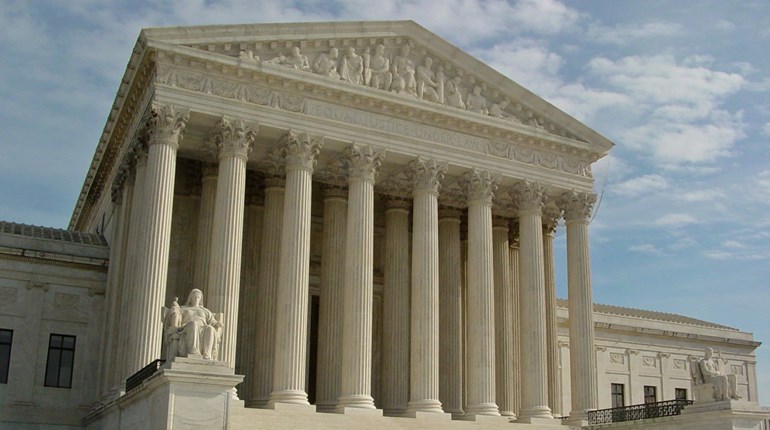
Our 50 states can experiment with policy, as long as they stay within the constraints of the U.S. Constitution, their state constitutions and so on. This federalism allows state governments to find new solutions to emerging problems. Depending on the results, other states can then emulate, avoid or try a different version of a policy. This freedom to innovate creates healthy competition among the states for businesses and taxpayers. All of this state-by-state policy diversity is mostly a healthy thing as long as local governments don’t infringe on a right that’s specifically protected in the U.S. Bill of Rights.
The trouble is some states have behaved as if the Second Amendment is not even in the U.S. Constitution. The District of Columbia (D.C.) was so blatant about taking away this right that residents of D.C. decided to sue the District for violating their rights. That case, a dozen years ago, made it to the U.S. Supreme Court as District of Columbia v. Heller. The high court ruled that the Second Amendment does indeed protect an individual right. This threw out D.C.’s most-egregious restrictions, but it was hardly the end of the struggle for freedom in D.C., as the District continued to use other means to prevent people from utilizing their rights.
Soon after the Heller decision, in McDonald v. Chicago (2010), the U.S. Supreme Court ruled that the Second Amendment also restricts state and local governments. Still, though this helped, it didn’t end many local infringements on this basic constitutional right.
As this was being written, the U.S. Supreme Court was considering another case (NYSRPA v. NYC) that could have a big impact on how the Second Amendment is treated by the state and local governments. We’ll let you know at A1F.com and in these pages what the Court decides. Potentially, this is a big deal, because for the past decade, the U.S. Supreme Court has turned down cases that would have allowed it to rein in the states and municipalities that continue to treat this constitutional right as if it can be regulated away into being a right in name only.
One problem with this is that an American citizen who wants to travel to a shooting competition, to a hunt, or just to bring a gun along for self-defense purposes has to wade through a lot of legal language to make certain they won’t break any local restrictions. Thanks to lobbying from the NRA, there is federal protection in place for those who travel from one state or jurisdiction with a legally owned firearm to another place where they can legally have the firearm; nevertheless, a few states and cities have still arrested or detained law-abiding citizens as they traveled with firearms.
America’s complex legal patchwork of laws places an immense burden on individual gun owners. Making a mistake can lead to a felony conviction, lengthy jail time and a lifetime loss of a person’s gun rights; as a result, we must know every law and be aware of the discretion local authorities have and how they use that discretion before we travel.
It shouldn’t be this complicated. We should be able to carry firearms for personal protection around this great nation. The Second Amendment should be enough of a legal remedy to protect us as we do. One way to resolve this legalistic gauntlet is for Congress to pass, and for a president to sign, federal reciprocity legislation. To protect gun owners and allow people to universally exercise their fundamental rights, the NRA continues to lobby for such legislation.


































